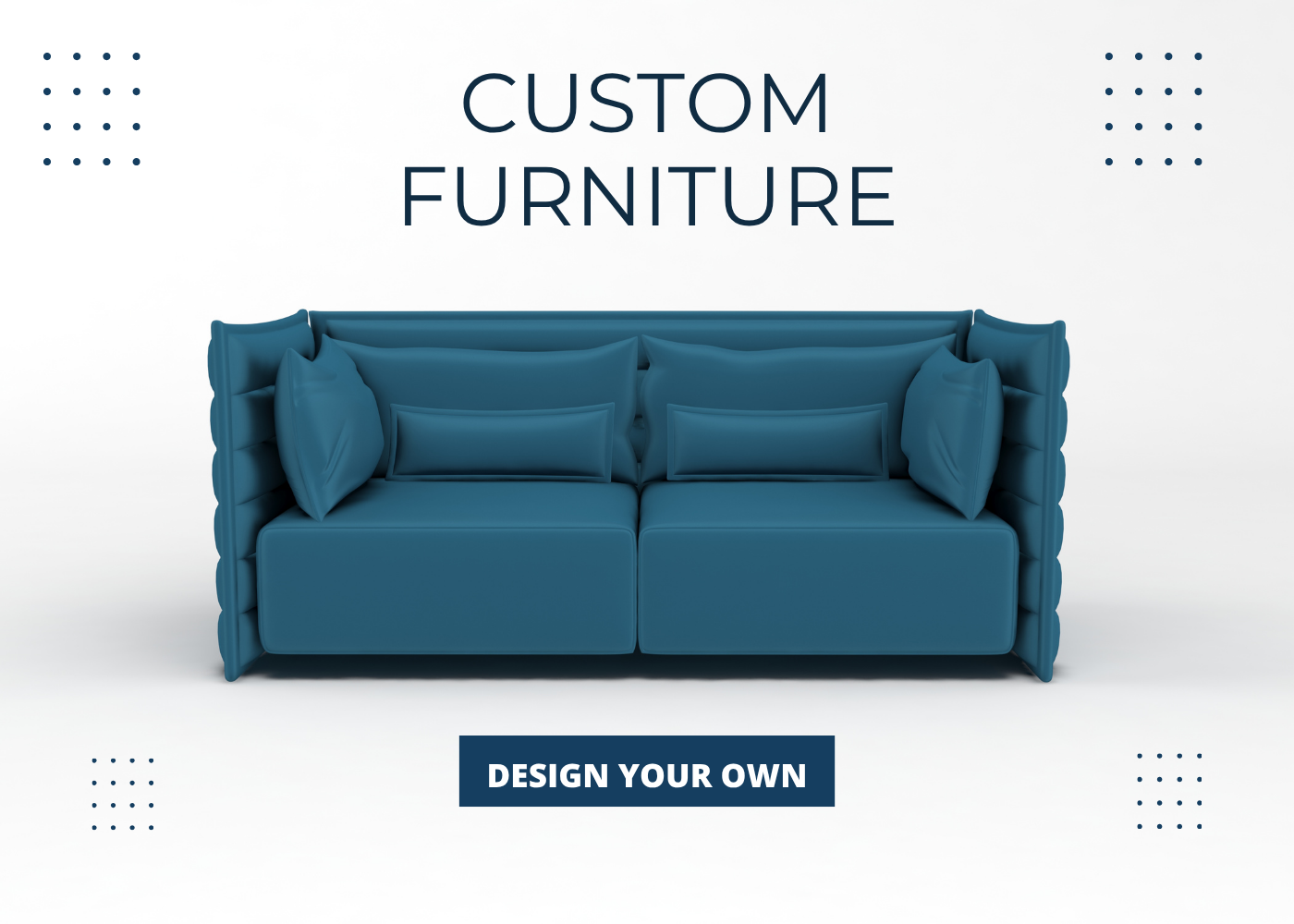Essential Product Page Optimization Tactics to Drive Digital Success

Your product pages are the heartbeat of your eCommerce store. They’re not just a place to list items—they’re your digital salespeople, convincing visitors to click “Buy Now.”
But are they doing the job? A slow-loading product page, vague descriptions, or poorly placed CTAs can send potential customers running. In this guide, we’ll explore how to turn your product pages into conversion machines.
Importance of Product Page Optimization

Product page optimization is highly critical for competitiveness in every eCommerce business. It directly impacts search engine visibility, organic traffic, and, consequently, sales.
A poorly optimized page results in high bounce rates, frustrated customers, and loss of revenue. Inversely, a well-streamlined and information-rich product page sweetens user experience and guides shoppers more smoothly to get whatever they want to purchase.
A well-optimized product page is more than a sales pitch. It's a resource aligned with what customers are searching for. From the clear product description to great images, fast-loading pages, and intuitive layouts, every single element serves a purpose.
Thoughtful design and accurate, detailed content don't just encourage conversions. It also builds trust, fostering repeat business. Businesses that pay attention to clarity and functionality can meet customer expectations and remain visible in an overcrowded marketplace.
Best Tactics to Optimize Your Product Pages Effectively
Product page optimization includes engaging product descriptions, high-quality images, keyword-optimized URLs, mobile-friendly layouts, and fast loading speeds. When these all come together, they improve the shopping experience and the visibility of your store within search engines.
On-Page SEO Product Page Optimization
So, let's start our tactics with on-page SEO.
Work on Product Title and Description

Product titles and descriptions are the first points of interaction with your audience. These will help gain attention, improve search engine rankings, and drive clicks. If meta-description optimization is carried out incorrectly, your product may well remain invisible before the buyer. Some tips:
- Use the primary keywords at the start of titles to target searches more effectively.
- Keep these titles concise, ideally less than 60 characters in length, to avoid truncation in search results.
We encourage you to write descriptions of about 155 characters. You can show unique selling points (USPs), product features, and benefits.
Write Detailed Product Information

Comprehensive product information reassures potential buyers, answers questions, and builds trust. A well-detailed page reduces uncertainty, fostering confidence in purchasing decisions.
You must include specifics like dimensions, materials, and features, as well as naturally incorporate keywords, but avoid overloading product page content.
Create a Clear URL Structure
A clean, descriptive URL structure promotes better SEO and sweetens user experience. It makes your product pages more intuitive and identifiable to both users and search engines.
You must have a clear keyword-to-page alignment with them being included in the URLs for better visibility and avoid using special characters, long strings, or unnecessary parameters.
Apply Schema Markup

Schema markup enables rich snippets. With it, your products look more attractive in search listings and increase click-through rates. Price, availability, and reviews should be highlighted through the use of structured data.
Also, schema tags should be correct and up-to-date.
High-Quality & Optimized Product Images and Videos
Visuals build an instant relationship with the customers and help them understand and trust your product. Photos can impact conversion, with 85% of shoppers saying that product information and images are important factors when choosing one brand over another. Some tips:
- Alt tags with descriptive and keyword-rich text must be used for images.
- Optimize file size to improve page load time.
- Videos, if used, should have clear and keyword-rich descriptions.
Smaller online shops can often get by with manual optimization, while large eCommerce stores present more significant challenges. It's simply impossible to keep up with everything across hundreds or thousands of pages, so you’ll need specialized software.
Opt for platforms that offer a wide range of features for on-page optimization. For example, SE Ranking’s On-Page SEO Checker offers useful, actionable insights into how one should optimize every element on the page, from writing clear, keyword-rich URLs to optimizing media files for performance.

Technical Aspects of Optimizing Your Product Page
Next, we will discuss the technical aspects of SEO for your eCommerce store.
Use the Typical Page Structure
A familiar and intuitive page structure is vital for providing a seamless user experience. When visitors can easily find information, they’re more likely to stay and complete their purchase. Organize your eCommerce product page into clear, logical sections, such as:
- Title
- Images
- Description
- Features
- Pricing
- Reviews
This design limits confusion and makes it easier for customers to find what they need. A consistent layout enhances usability and can help to increase your conversion rates.
Make Your Page Mobile-Friendly
More shoppers are browsing and making their purchases through mobile devices, and your product page must be mobile-compatible. A mobile-friendly page ensures you do not lose potential sales due to users with smaller screens.
Today, you must follow the responsive design to adapt the page for a wide range of screen sizes. Moreover, you must make sure navigation is touch-friendly, meaning that a user can act with it on mobile devices.
Add Breadcrumbs for Better Navigation

Breadcrumbs are small navigation helpers that improve the user experience of your site by informing visitors where they are in your site's hierarchy. This improves navigation and encourages users to view more pages.
You should show a breadcrumb trail from home to the current product page for easy navigation back upwards.
Place CTA Buttons and Forms Strategically
Clear, strategically placed calls-to-action guide your customers through the process. The strategic positioning of calls-to-action buttons increases the conversion rate by preventing friction while buying. Some tips:
- Place key CTAs like "Add to Cart" or "Buy Now" above the fold so customers don't have to scroll to reach them.
- Use contrasting colors that will make the buttons stand out against the rest of the page's content.
- Position forms next to the CTAs in order to streamline checkout.
By the way, placing the CTA button at the end of the product page can increase conversions by 70%.
Improve Page Speed

Page speed is important for both user experience and SEO. Slow-loading pages irritate visitors, which can result in higher bounce rates, further reducing rankings and sales. PageSpeed Insights can show all the problems with page speed loading on your website.
We advise you to compress images to reduce file size without affecting quality. You can also use Content Delivery Networks (CDNs) to distribute content more efficiently across regions and at a faster speed for users across the globe.
User Experience Improvements
The last product page optimization tactic is UX improvement.
Add Social Proof

Social proof, in the form of customer reviews, testimonials, and user-generated content, helps to create trust and drives purchases by validating the quality and value of the product. You should:
- Highlight customer reviews and ratings on product pages. For quick impressions, a star rating system is very effective.
- Show user-generated content, such as customer photos or videos of the product in use.
- Mention any endorsements from industry experts or influencers to help lend credibility.
By highlighting social proof, you reassure hesitant buyers and make your product more appealing.
Recommend Related Products
Offering related items creates a personalized shopping experience while increasing revenue through upselling or cross-selling. You can use AI algorithms to display complementary products relevant to the current item.
Moreover, you can position suggestions near the product details or in the cart for maximum visibility. For instance, recommend laptop cases and accessories to a customer who is viewing a laptop.
You can also use 3D visualization for online product experience to leave your visitors with no hesitations.
Add One-Click Purchases
One-click purchase smoothes the process of checkout, reducing friction and thus the rate of abandonment of carts. Here is what you can do:
- Allow one-click purchases for registered users with stored payment and shipping information.
- Make the process secure and in compliance with standards for data protection.
- Clearly indicate options for shipping and means of payment before the final click.
This feature is particularly great for returning customers, who will have a quicker and slicker buying experience.
Live Customer Support Chat
Live chat enriches the shopping experience through immediate support, rapid problem resolution, and increased confidence among customers. You must incorporate live chat functionality on main pages, such as product and checkout pages.
It is also advisable to use chatbots to answer frequently asked questions while forwarding complex issues to human representatives.
Live chat makes customers feel supported throughout their journey. They reduce bounce rates while increasing satisfaction.
Summary
Improve user experience, search engine visibility, and conversion rates through optimization of your product pages. Here’s a quick recap of tactics:
- Craft captivating product titles with much detail in the product descriptions, including relevant keywords.
- Ensure the structure is clear and mobile-friendly.
- Showcase social proof through reviews and user-generated content that build trust.
- Apply breadcrumbs for easier navigation, one-click purchase functionality, and recommendations for related products.
- Integrate live chat for real-time customer support and optimize technical aspects such as page speed and schema markup.
These strategies lead to higher satisfaction and better product page performance.
Table of Content
-3.avif)
Streamline your process today!


.png)




